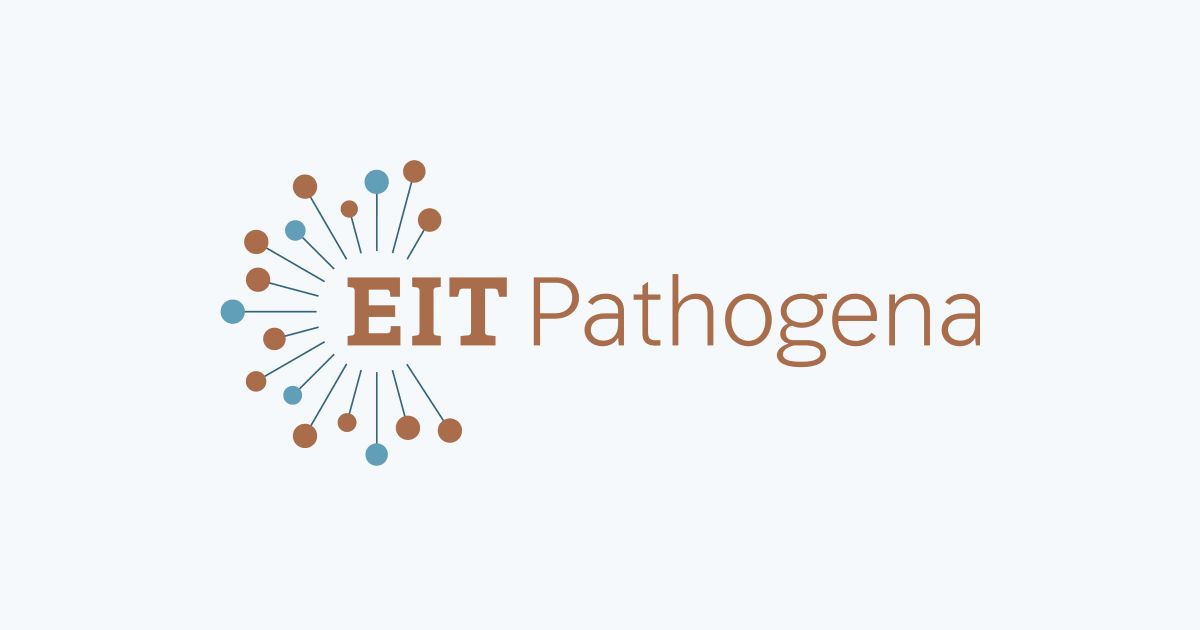EIT’s Pathogen Program launches genomic analysis tool, EIT Pathogena
EIT’s Pathogen Program launches its genomic analysis tool for Mycobacterium, EIT Pathogena.

Today, EIT Oxford’s Pathogen Programme launches its genomic analysis tool for Mycobacterium, EIT Pathogena. Built on Oracle Inc. cloud technology, this cutting-edge bioinformatics pipeline enables the assembly, variant calling, and comprehensive analysis of pathogen sequences, offering vital insights into species identification, drug susceptibility prediction, and the detection of outbreak clusters.
The initial focus of this pipeline is Mycobacterium tuberculosis and Non-tuberculous mycobacteria. EIT Pathogena will soon be scaled to cover additional pathogens including, E. coli, Shigella spp., Klebsiella spp., Salmonella spp., Staphylococcus aureus, Streptococcus pneumoniae, Neisseria gonorrhoeae, and Acinetobacter baumannii.
The tool is designed for use by researchers and academics worldwide, facilitating the in-depth study of mycobacterial genomes. Its cloud-based, automated bioinformatics analysis pipeline provides quality and speed, minimising errors.
The Pathogen Programme is the first research programme within the Health & Medical Science Humane Endeavour at EIT Oxford. EIT Oxford works on translating scientific research and discovery into end to end solutions and the necessary policy frameworks to solve the world’s most challenging problems across four human endeavours: health and medical science; food security and sustainable agriculture; climate change and clean energy; and government innovation in an era of artificial intelligence.
This initiative marks a significant milestone in the quest to address some of humanity’s most pressing health challenges.
Under the leadership of Professor Sir John Bell, President of EIT Oxford, the Pathogen Programme aims to leverage cutting-edge research and technological innovation to combat infectious diseases and prevent pandemics. The Programme’s mission is to reduce the millions of lives lost due to the inappropriate treatment of infectious diseases and to prevent the avoidable escalation from local outbreaks to global pandemics.
Professor Sir John Bell commented, “The launch of EIT Pathogena for Mycobacteria is the first crucial step in our journey to save lives through the power of genomics. By enhancing our understanding of disease transmission, we are paving the way for more effective interventions and, ultimately, a world where the threat of pandemics is significantly diminished. We are excited to expand this technology to other pathogens and continue to push the boundaries of what is possible in global health.”
Steve Silvey, Deputy Head of Licensing & Ventures for Life Sciences at Oxford University Innovation, said: “OUI is proud to have collaborated with EIT to bring University of Oxford innovations addressing infectious disease threats into real-world application. Our joint efforts in forming GPAS and licensing the technology behind EIT Pathogena for tuberculosis surveillance and diagnosis mark the beginning of a meaningful partnership.”
EIT Pathogena’s technology was developed by the University of Oxford and licenced to GPAS by Oxford University Innovation (OUI). Oxford University Innovation is the technology transfer office of Oxford University, supporting the commercialisation of the Oxford research through managing the development of the university’s licences, clinical outcomes assessments, companies, consultancy agreements and Incubator.
The Pathogen Programme’s origins trace back to the Global Pathogen Analysis Service (GPAS) Ltd, established in September 2021 during the pandemic to distribute the SARS-CoV-2 bioinformatics pipeline developed by the Modernising Medical Microbiology (MMM) group at the Nuffield Department of Medicine, University of Oxford. EIT Pathogena’s technology was developed by the University of Oxford and licenced to GPAS by Oxford University Innovations.
For more information, visit our website www.eit-pathogena.com or contact us pathogena.info@eit.org
About EIT Oxford
The Ellison Institute of Technology (EIT) works to develop and deploy advanced technology in pursuit of solving some of humanity’s most challenging and enduring problems. Guided by world-leading scientists and entrepreneurs, EIT seeks to accelerate innovation by driving scientific and technological advancements across four humane endeavours: health and medical science, food security and sustainable agriculture, climate change and clean energy, and government innovation and the era of artificial intelligence. EIT Oxford is a new interdisciplinary research and development facility that bridges The Oxford Science Park and Littlemore. Set for completion in 2027, the state-of-the-art facility will have 30,000m² of research laboratories, an oncology and preventative care clinic, plus educational and meeting spaces. The new facility will further EIT’s current partnership with the University of Oxford and become the new home for Ellison Scholars.
About OUI
Oxford University Innovation (OUI) is the research commercialisation office of the University of Oxford, recognised worldwide for its ability to engage academic prowess through licensing, catalyse innovative solutions through consulting services, and support the creation of spinouts, start-ups, and social ventures. OUI is dedicated to showcasing these transformative technologies on the global stage, bridging the realms of academia and the commercial world, thereby weaving a future where knowledge, innovation and partnership drive forward solutions to global challenges.
Website: https://innovation.ox.ac.uk/